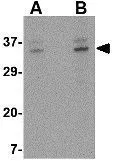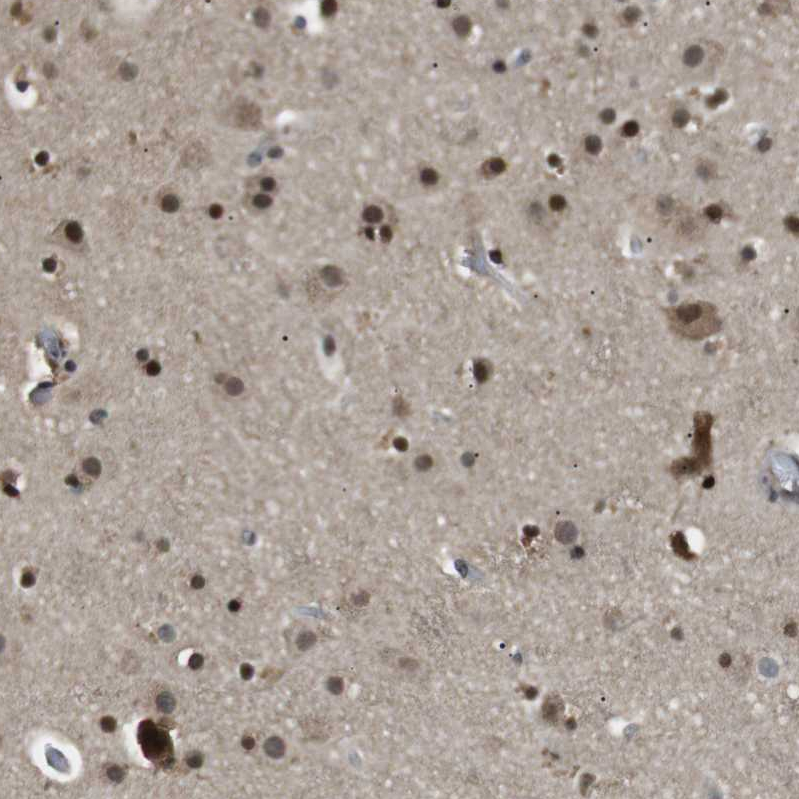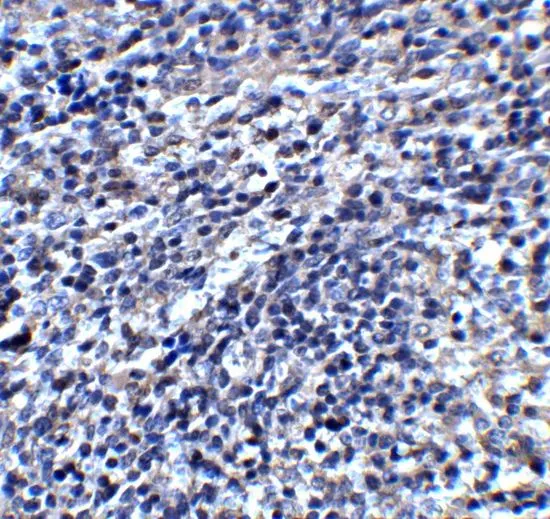
IHC-P analysis of mouse spleen tissue using GTX85442 ORAI3 antibody. Working concentration : 2 microg/ml
ORAI3 antibody
GTX85442
ApplicationsImmunoFluorescence, Western Blot, ELISA, ImmunoCytoChemistry, ImmunoHistoChemistry, ImmunoHistoChemistry Paraffin
Product group Antibodies
TargetORAI3
Overview
- SupplierGeneTex
- Product NameORAI3 antibody
- Delivery Days Customer9
- Application Supplier NoteWB: 1 - 4 microg/mL. ICC/IF: 10 microg/mL. IHC-P: 2 microg/mL. *Optimal dilutions/concentrations should be determined by the researcher.Not tested in other applications.
- ApplicationsImmunoFluorescence, Western Blot, ELISA, ImmunoCytoChemistry, ImmunoHistoChemistry, ImmunoHistoChemistry Paraffin
- CertificationResearch Use Only
- ClonalityPolyclonal
- Concentration1 mg/ml
- ConjugateUnconjugated
- Gene ID93129
- Target nameORAI3
- Target descriptionORAI calcium release-activated calcium modulator 3
- Target synonymsprotein orai-3; TMEM142C; transmembrane protein 142C
- HostRabbit
- IsotypeIgG
- Protein IDQ9BRQ5
- Protein NameProtein orai-3
- Scientific DescriptionAntigen stimulation of immune cells triggers Ca++ entry through Ca++ release-activated Ca++ (CRAC) channels. ORAI3 is one of two mammalian homologs to ORAI1, a recently identified four-transmembrane spanning protein that is an essential component of CRAC. All three homologs have been shown to function as Ca++ plasma membrane channels gated through interactions with STIM1, the store-activated endoplasmic reticulum Ca++ sensor. However, ORAI3 channels failed to produce detectable Ca++ selective currents in cells co-transfected with ORAI3 and STIM1, indicating that ORAI3 channels undergo a lesser degree of depotentiation than ORAI1 or ORAI2. Na+ currents through ORAI1, 2 and 3 channels were equally inhibited by extracellular Ca++, indicating that each have similar affinities for Ca++ within the selectivity filter. This antibody is predicted to have no cross-reactivity to ORAI1 or ORAI2.
- Storage Instruction-20°C or -80°C,2°C to 8°C
- UNSPSC12352203

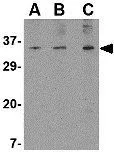
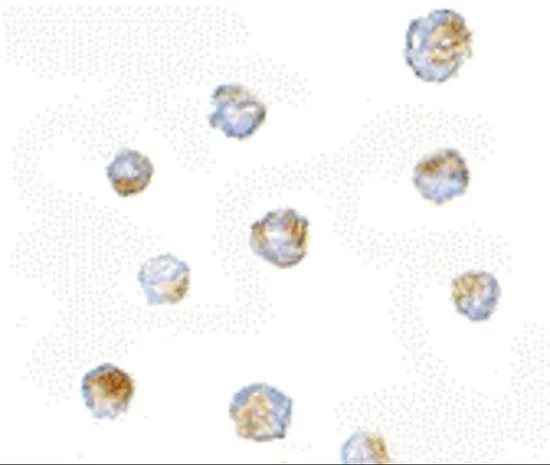
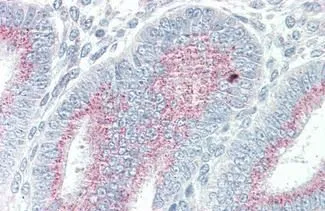
![WB analysis of rat lung tissue lysate using GTX17268 ORAI3 antibody [1B4F1]. Working concentration : 2 microg/ml](https://www.genetex.com/upload/website/prouct_img/normal/GTX17268/GTX17268_2430_WB_20180221_w_23060620_666.webp)



![WB analysis of rat spleen tissue lysate using GTX17266 ORAI3 antibody [2H2G9]. Working concentration : 1 microg/ml](https://www.genetex.com/upload/website/prouct_img/normal/GTX17266/GTX17266_2429_WB_20180221_w_23060620_626.webp)
